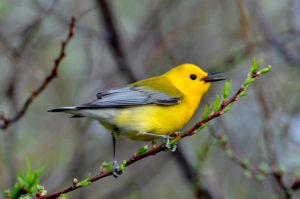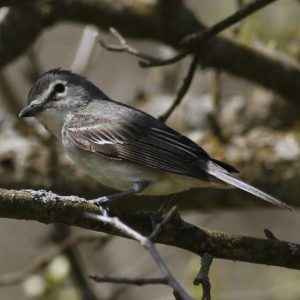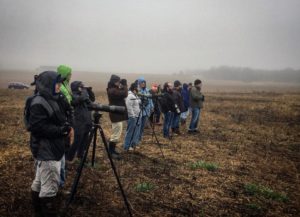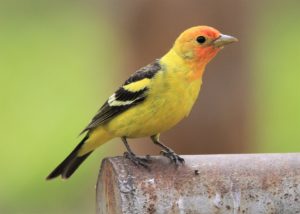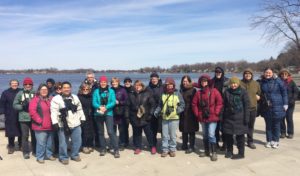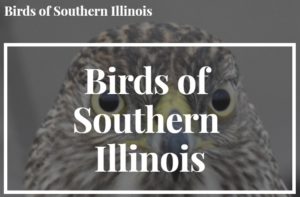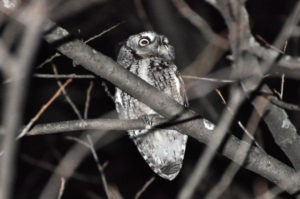IORC Update – 31 May 2018
The Illinois Ornithological Records Committee (IORC) in late January concluded evaluations of 27 records of occurrence of rare birds in Illinois, and more recently concluded evaluation of another four records. Among these, IORC accepted 27 records while not accepting five. One record within the later group was accepted as pertaining to a species pair. Two of the accepted records are first state records for the species involved. The records involved are summarized below. For each record, we indicate the species or form, with number of individuals in parentheses if greater than one, followed by date or date range, location, and county. The record number is indicated in parentheses, followed by, for accepted records, names of the documenters. If multiple documenters are listed, those understood by IORC to have been the original finders of the bird(s) are listed first and separated from the others by a semicolon. IORC thanks all the documenters, for accepted and unaccepted records alike, for their submissions. All documentation is maintained in the IORC archives so that there is a permanent record of all these observations. Documentation, regardless of the Committee’s decision, is a valuable part of the record of bird life in Illinois.
Records Accepted
- White-winged Dove, 17 April 2017, Le Roy, McLean County (2017-039; Joe Phipps)
- White-winged Dove, 1 November 2017, Montrose Point in Chicago’s Lincoln Park, Cook County (2017-055; Fran Morel)
- Broad-billed Hummingbird, 11-13 September 2017, Sherman, Sangamon County (2017-037; Pam Stanko; H. David Bohlen)
- Parasitic Jaeger, 31 August 2017, Montrose Point in Chicago’s Lincoln Park, Cook County (2017-036; Luis Muñoz)
- Parasitic Jaeger, 15-17 September 2017, Lake Shelbyville, Moultrie County (2017-041; Travis Mahan; Ron Bradley)
- Pacific Loon, 13 November 2017, Crab Orchard National Wildlife Refuge, Williamson County (2017-059; Don Mullison)
- Pacific Loon, 4-5 November 2017, Emiquon Preserve, Fulton County (2017-049; Michael Ingram; Andy Gilbert, Joseph Phipps)
- Neotropic Cormorant, 24 April to 6 June 2017, Lake Springfield, Sangamon County (2017-044; H. David Bohlen)
- Neotropic Cormorant, 1-24 July 2017, Roselle, DuPage County (2017-042; Andrew Aldrich, Urs Geiser, Craig Taylor, Jim Tezak)
- Neotropic Cormorant, 9-18 July 2017, North Aurora, Kane County (2017-038; Andrew Aldrich, Urs Geiser, Jason Newton, Jim Tezak)
- Neotropic Cormorant, 14 July 2017, Grand Tower, Jackson County (2017-046; Rhonda Rothrock)
- Neotropic Cormorant, 15 September 2017, Rainbow Beach in Chicago, Cook County (2017-047; Andrew Aldrich; Matthew Cvetas)
- Anhinga, 21 August 2017, Cache River State Wildlife Area, Johnson County (2017-062; Ryne Rutherford)
- Anhinga (2), 10 October 2017, Greene Valley Forest Preserve, DuPage County (2017-053; Bob Fisher)
- White-faced Ibis (6 to 9), 28 September to 29 October 2017, Glacial Park, McHenry County (2017-050; Donnie Dann, Cheryl Kreiman, Joe Lill, Marilyn Palmer, Yan-yi Peng, Dan Williams)
- White-faced Ibis (2), 13-14 October 2017, CIPS Lake, Jasper County (2017-061; C. Leroy Harrison)
- Black Vulture, 17 October 2017, Ft. Sheridan Forest Preserve, Lake County (2017-052; Karen Lund)
- Swallow-tailed Kite, 31 July 2017, Duckstamp Wetland near Mermet Lake, Massac County (2017-057; Emily Lain)
- Red-naped Sapsucker, 5-6 April 2012, Wadsworth Wetlands Forest Preserve, Lake County (2012-039; Paul Sweet)
- Prairie Falcon (2), 28 October 2016 to 29 January 2017, southwest of Arcola, Coles County and Douglas County (2016-102; Ron Bradley)
- Prairie Falcon (2), 12 November 2016 to 9 January 2017, Mt. Erie bottom, Wayne County (2016-103; C. Leroy Harrison)
- Prairie Falcon, 28 December 2016, Prairie Ridge State Natural Area, Jasper County (2016-104; C. Leroy Harrison)
- Prairie Falcon, 17 October 2017, Greene Valley Forest Preserve, DuPage County (2017-056; Jeff Smith)
- Say’s Phoebe, 19 September 2017, Lake Springfield, Sangamon County (2017-045; H. David Bohlen)
- Cassin’s Vireo, 3-5 May 1994, Jackson Park in Chicago, Cook County (1994-056; Paul Clyne)
- Mountain Bluebird, 7-12 April 2017, Fermilab, DuPage County (2017-040; Carolyn Fields, Linda Padera, Stan Zatarski)
- Hoary Redpoll, 22 November to 14 December 2017, Chicago Botanic Garden in Glencoe, Cook County (2017-063; Matthew Cvetas)
Records Not Accepted
- Neotropic Cormorant, 29 September 2017, Carpentersville, Kane County (2017-048)
- Swallow-tailed Kite (2), 20 August 2016, New Douglas, Madison County (2016-063)
- Brown-headed Nuthatch, 9 September 2016, Chicago Botanic Garden in Glencoe, Cook County (2016-073); accepted as Pygmy/Brown-headed Nuthatch
- Nashville Warbler (ridgwayi), 20 October 2015, Jarvis Migratory Bird Sanctuary in Chicago’s Lincoln Park, Cook County (2015-069)

